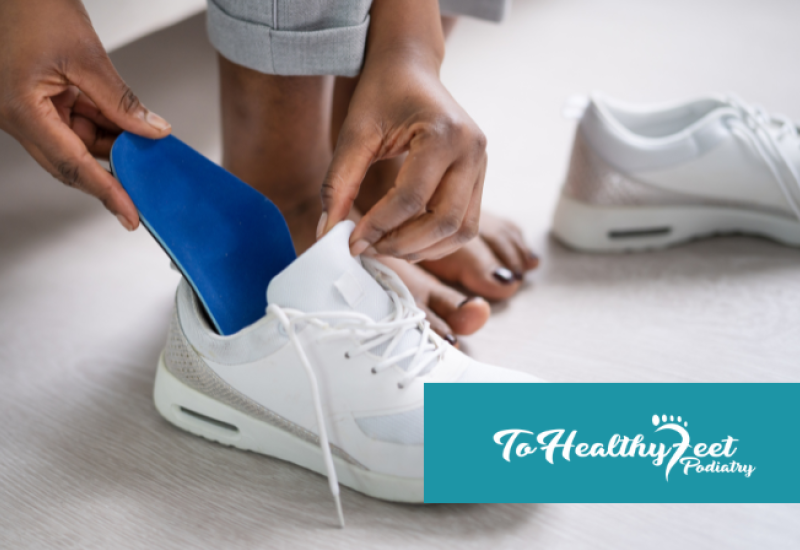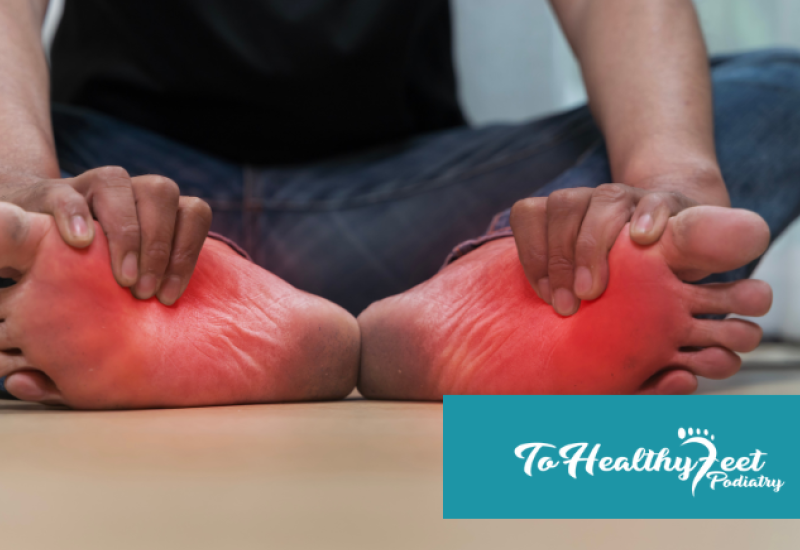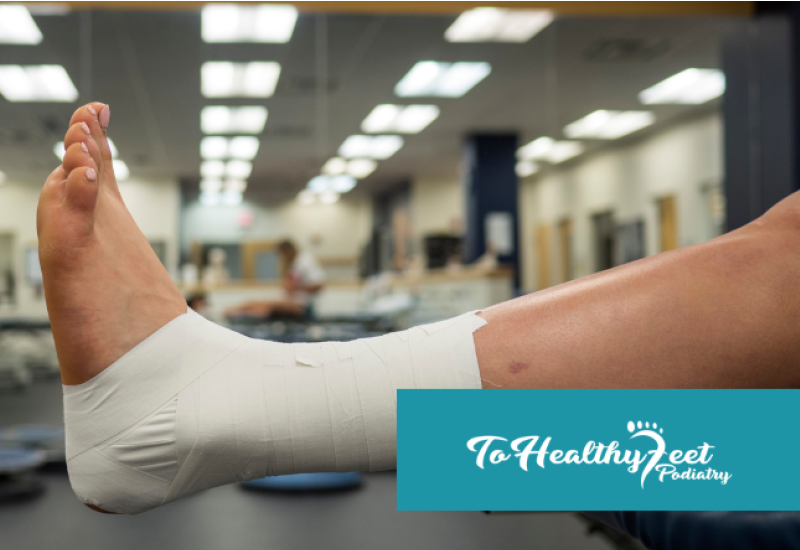Ankle sprains are among life's most mundane yet frustrating setbacks. Anyone who has experienced one knows that it's not just the initial pain that can be bothersome, but also the disruption it causes in daily activities. With each painful step or twist, one is reminded of the injury. While severe cases should be seen by a medical professional, many ankle sprains can be managed at home. When managed properly, you not only heal faster but also reduce the risk of future complications. Let’s dive deep into the do's and don'ts of managing ankle sprains at home.
Introduction to Ankle Sprains
Our ankles are intricate structures with ligaments, tendons, bones, and muscles all working in harmony. An ankle sprain happens when one or more of the ligaments is stretched beyond its normal range. This can range from a minor stretch to a complete tear. The outside of the ankle is the most common site for a sprain, but inside ankle sprains can occur too.
Rest, But Not Too Much!
Immediate rest after sustaining an ankle sprain is invaluable. The body needs this initial period of decreased activity to start the healing process. But, what many don't realize is that prolonged immobility can actually be counterproductive. Ligaments and muscles can become stiff and weak with inactivity. Hence, while you should definitely limit activities like running or jumping, gentle ankle exercises can be started as soon as they’re tolerable. Simple flexing and pointing or gentle circular motions can keep the joint mobile.
Elevate and Ice: The Golden Duo
Elevation and icing are age-old remedies, not without reason. Elevation, particularly during the initial days, is vital. By elevating the ankle above the level of the heart, you use gravity to your advantage, helping to drain the excess fluid that accumulates and causes swelling. The counterpart to elevation is icing. Cold temperatures constrict blood vessels, which can reduce the influx of inflammatory agents. But remember, direct contact of ice with skin can be harmful. Always use a barrier like a cloth or towel.
Compression: Tread with Caution
Compression can be a double-edged sword. On one hand, it provides support to the injured area and can control swelling. On the other, excessive compression can be detrimental. It's crucial to ensure that any bandage or wrap used does not cut off circulation. An easy rule of thumb: if your foot becomes cold, blue, or numb, the wrap is likely too tight.
The Pitfalls: Heat and Alcohol
Our bodies often crave warmth when injured. It soothes. But in the case of a fresh ankle sprain, heat can be more of a foe than a friend. It promotes blood flow, which can exacerbate swelling. So, for at least the first 48-72 hours, avoid any heat sources on the sprain. This includes hot baths! Alcohol, too, while tempting as a way to “drown the pain”, can have a similar effect by dilating blood vessels.
Seeking Expert Advice
While these guidelines serve as a general framework for home care, always remember that every sprain is unique. If you observe excessive swelling, abnormal bruising, or if the pain persists beyond a reasonable period, it's crucial to consult a healthcare professional. Sometimes, what seems like a sprain can be a fracture or a more serious ligament injury.
Navigating the healing journey of an ankle sprain at home requires a mix of patience, knowledge, and intuition. By adhering to proven strategies and being aware of potential pitfalls, you can set yourself up for a smooth recovery. Your ankle is a foundational pillar of your body's mobility. Treat it with the care and attention it deserves, and it will carry you forward, step by step, into your daily adventures once again.
Written on behalf of To Healthy Feet Podiatry.
FAQs
Q: Can I walk on a sprained ankle?
A: While some weight-bearing might be tolerable, it's essential to listen to your body and avoid putting undue stress on the injured ankle.
Q: Should I use heat or cold for a sprained ankle?
A: Cold should be used in the initial 48-72 hours to reduce swelling. Afterward, heat can be applied to relax muscles and alleviate pain.
Q: How can I differentiate between a mild, moderate, and severe sprain?
A: Mild sprains typically involve minimal swelling and pain with no ligament tearing. Moderate sprains might have some tearing, evident pain, and swelling. Severe sprains often involve complete ligament tears, significant pain, and swelling.




